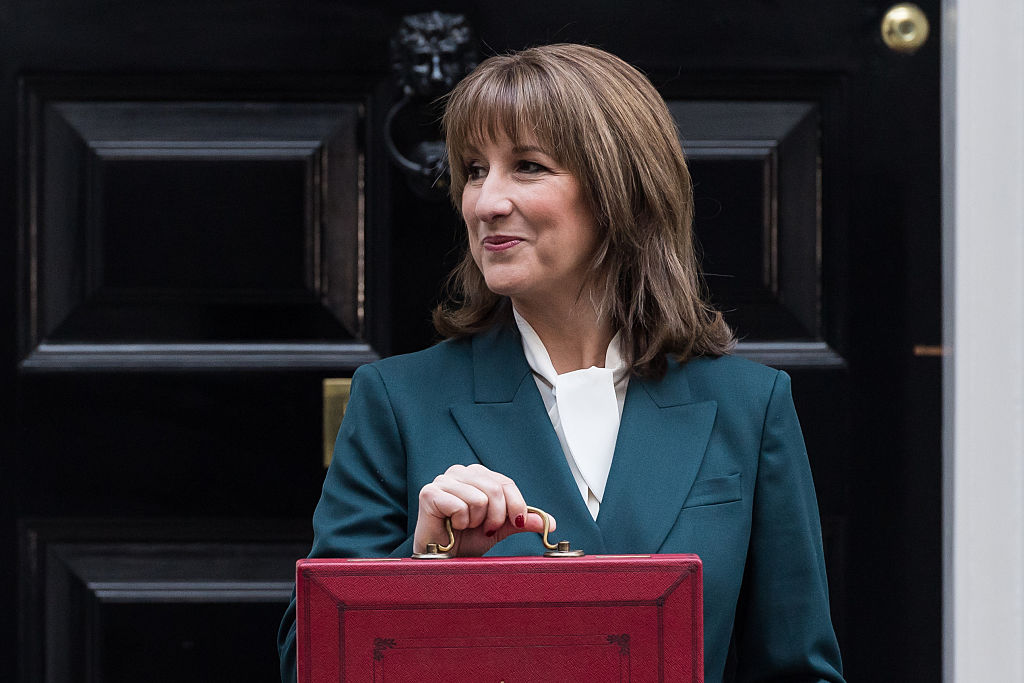Put your pension on a firm footing with infrastructure assets
Infrastructure produces reliable growth and is far less volatile than equities, says David Prosser.


Should you invest your pension savings in infrastructure assets – the energy, transport and digital networks the UK needs to fund its future? The government is keen for savers to do so; last week’s Budget raised the possibility of increasing the legally binding cap on the charges made by occupational-pension funds, to allow for the launch of infrastructure investments, which can be more expensive.
Of course, just because the state sees savers as a handy source of infrastructure finance doesn’t mean you should sign up. But there are some good reasons to consider investing pension-fund money in infrastructure, whether via your employer’s scheme when this becomes possible, or though an individual pension arrangement. This is an asset class that offers a reliable stream of income over an extended period, often with the added bonus of a government guarantee.
Index-linked returns
Infrastructure funds finance the upfront cost of building, say, new roads, rail links, or broadband networks. Then they make their money back through charging infrastructure users over an extended period.
MoneyWeek
Subscribe to MoneyWeek today and get your first six magazine issues absolutely FREE

Sign up to Money Morning
Don't miss the latest investment and personal finances news, market analysis, plus money-saving tips with our free twice-daily newsletter
Don't miss the latest investment and personal finances news, market analysis, plus money-saving tips with our free twice-daily newsletter
These charges, including regular increases, often linked to inflation, are agreed in advance, so the fund knows what it will earn. And since the user is very often the state – on behalf of taxpayers – there is no question of the charges not being paid.
Research from EDHECinfra, which provides indices and data for investors in infrastructure, shows how valuable this model can be. Its research, based on the performance of 13 infrastructure funds over ten years to the first quarter of 2020, found that the sector had delivered an average annual return of 9.2%. While that was behind the 12.6% return delivered by the stockmarket over the same period, the outperformance of equities came at a cost: they were almost five times more volatile over the decade studied.
The promise of infrastructure, then, is a smooth return profile: decent returns delivered without fail year after year. That’s potentially very attractive to pension savers, both in the years prior to retirement when they’re aiming to build as large a fund as possible and when they begin drawing an income; at that stage volatility becomes really problematic.
Is there a downside? Well, one worry is implicit in last week’s Budget. Running an infrastructure fund is more labour-intensive than managing a portfolio of equities and those costs get passed on to investors. Higher charges are a drag on performance, especially over the longer term.
Use investment trusts
The other issue is liquidity. Infrastructure requires long-term commitment; that causes problems for open-ended funds, which must cope with investors moving money in and out of them, sometimes in large volumes.
If you are considering infrastructure for your pension, a closed-ended fund, such as an investment trust, is therefore preferable. That is simple enough in a personal pension, where you can easily pick and choose from a broad range of funds, but may be harder to manage through your employer’s scheme.
Get the latest financial news, insights and expert analysis from our award-winning MoneyWeek team, to help you understand what really matters when it comes to your finances.

David Prosser is a regular MoneyWeek columnist, writing on small business and entrepreneurship, as well as pensions and other forms of tax-efficient savings and investments. David has been a financial journalist for almost 30 years, specialising initially in personal finance, and then in broader business coverage. He has worked for national newspaper groups including The Financial Times, The Guardian and Observer, Express Newspapers and, most recently, The Independent, where he served for more than three years as business editor.
-
 ‘Why I have ditched my Help to Buy ISA for cash savings and the stock market’
‘Why I have ditched my Help to Buy ISA for cash savings and the stock market’Without the 25% bonus, my Help to Buy ISA is effectively redundant, says MoneyWeek writer Sam Walker.
-
 Is your inheritance tax allowance cut if you sell to downsize or sell your home to pay for care?
Is your inheritance tax allowance cut if you sell to downsize or sell your home to pay for care?Downsizing relief is a little-known benefit that could save your loved ones tens of thousands of pounds in inheritance tax after you’ve died.
-
 Modern Monetary Theory and the return of magical thinking
Modern Monetary Theory and the return of magical thinkingThe Modern Monetary Theory is back in fashion again. How worried should we be?
-
 The coming collapse in the jobs market
The coming collapse in the jobs marketOpinion Once the Employment Bill becomes law, expect a full-scale collapse in hiring, says Matthew Lynn
-
 How pet insurance can help cut the costs of vet bills
How pet insurance can help cut the costs of vet billsYou can temper the expense of vet bills with pet insurance. There are four main types to consider
-
 Rachel Reeves's punishing rise in business rates will crush the British economy
Rachel Reeves's punishing rise in business rates will crush the British economyOpinion By piling more and more stealth taxes onto businesses, the government is repeating exactly the same mistake of its first Budget, says Matthew Lynn
-
 The consequences of the Autumn Budget – and what it means for the UK economy
The consequences of the Autumn Budget – and what it means for the UK economyOpinion A directionless and floundering government has ducked the hard choices at the Autumn Budget, says Simon Wilson
-
 Big Short investor Michael Burry closes hedge fund Scion Capital
Big Short investor Michael Burry closes hedge fund Scion CapitalProfile Michael Burry rightly bet against the US mortgage market before the 2008 crisis. Now he is worried about the AI boom
-
 Why the Waspi women are wrong
Why the Waspi women are wrongOpinion Compensation for the Waspi women would mean using an unaffordable sledgehammer to crack a nut, says David Prosser
-
 Why UK stocks are set to boom
Why UK stocks are set to boomOpinion Despite Labour, there is scope for UK stocks to make more gains in the years ahead, says Max King